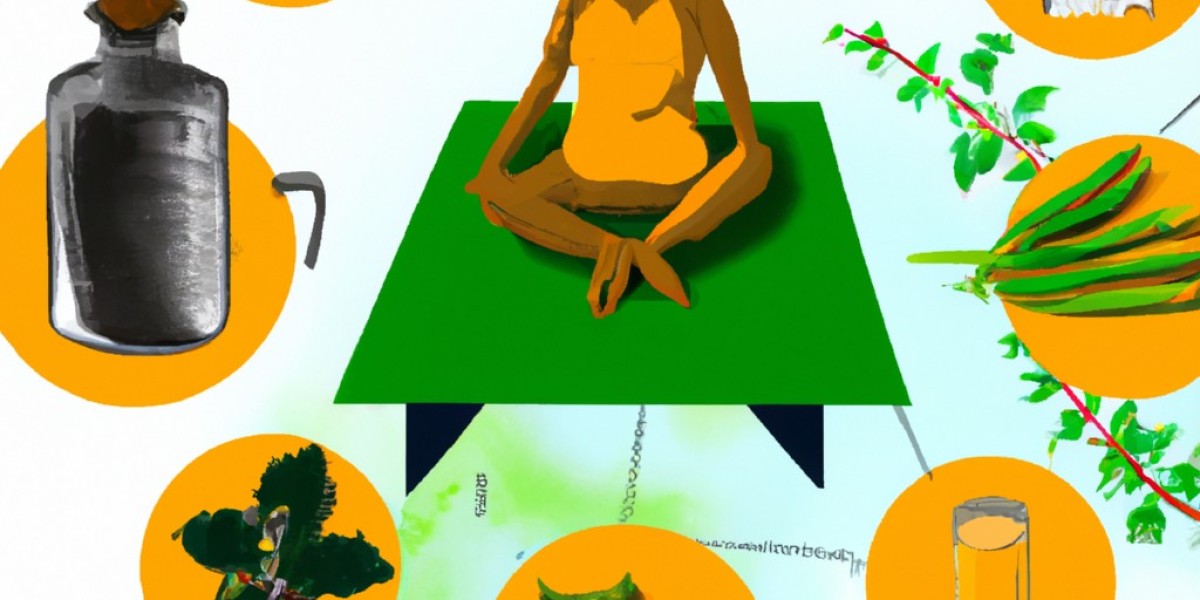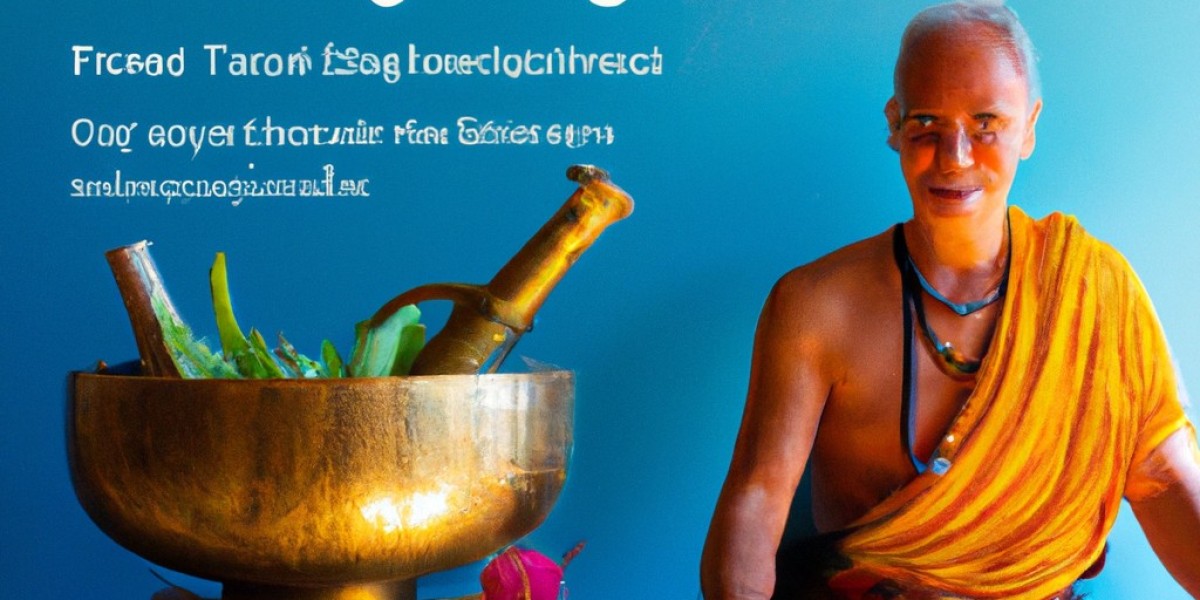While studying Ayurveda we are studying the Srushti Utpatti. As a beginner everyone feels that I have joined the course which should deal with life science then why am I studying these concepts of physics? But there is very huge role of Srushti Utpatti in Chikitsa. In this article we will discuss that what is the role of Srushti Utpatti in Chikitsa, How it is helpful to understand the disease and its relevance with Doshas and Panchakarma therapies. We will try to dig out hidden details of Srushti Utpatti. We will look at properties of each entity which are part of Srushti Utpatti, will analyze their properties and will make conclusion out of that about its utility in our treatment modality.
Key Words - Srushti Utpatti, Panch Mahabhoota, Dosha, Dhatu, Mala, Chikitsa
Introduction
As we all know that chikitsa in Ayurveda is based on Dosha, Dhatu and Mala mainly. Even we also follow the theory of Panch Mahabhoota.
“पुरुषोऽयं लोकसंमितः”(cha.sha.5/3)
“यावन्तो हि लोके भावविशेषस्तावन्तः पुरुषे, यावन्तः पुरुषे तावन्तो लोके”(cha.sha.5/2)
The phrases mentioned above are taking us in the direction of thinking that composition of our body and the universe is same.
Now when we see the Sushruta Samhita, AcharyaSushruta is starting ShaariraSthan with the “Sarvabhootchintashaarir” Adhyaya. AcharyaDalhan the commentator of SushrutaSamahita comments at the beginning of the chapter, “Chikitsa is not possible without the knowledge of Chikitsa Adhishthana i.e. Sharir”.In this chapter, the concept of SrushtiUtpatti is explained to understand the origin of the Sharir or body. Therefore, when we go deep we find that somewhere the formation of Dosha, Dhatu, and Mala is also similar to the formation of the universe. Now, during Chikitsa where we are dealing with these Dosha, Dhatu, and Mala it becomes very important to know that,
- What is their formation?
- From where they got formed?
- How they got formed?
- How the Dravyas or Kriyas we used for Chikitsa will affect its formation?
To answer these questions understanding Srushti Utpatti becomes very important.
According to Acharya Sushruta, Avyakt, Mahaan, Ahankar, and 5 Tanmatras are 8 Prakrutis and the other 16 entities are Vikrutis or Vikaras. Hence, these all 24 + 1(Purusha) entities together form the universe which includes all the living and non-living things. So, here while thinking about the human body it is getting clear that these entities are the basic components of the body. Our Acharyas gave the term “Kshetra” for the body and “Kshetragna” for the Atmaa or soul. And this Kshetra and Kshetragna combine and forms “Karma Purush” or “Purush” which is a living being.
Properties of Karma Purusha
- Sukh (Happiness),
- Dukh (sorrow),
- Ichchha (Desire),
- Dvesha (Envy),
- Prayatna (Endeavour),
- Prana (Inspiration),
- Apaan (Expiration),
- Unmesh-NimeshBuddhi (Blinking Movements),
- Mano Sankalpa (Courage of Mind),
- Vichaarana (Conception),
- Smruti (Remembrance or Recollection),
- Vignyan (Science or Special Knowledge),
- Adhyavasaay (Determined Intelligence),
- Vishayopalabdhi (Perception of senses)
Analysis of Mahabhootas with their properties
| Mahabhoota | Properties |
| Aakash | Shabda (Sound), Shabdendriya (ear), SarvaChhidraSamuha (Combination of All the Hollow Spaces), and Viviktata (Differentiation). |
| Vayu | Sparsha (Touch), Sparshendriya (Skin), SarvaCheshta (All the Movements), SarvaSharirSpandana (All the beats of the Body), and Laghuta (Lightness). |
| Agni | Roopa (Sight), Roopendriya (Eyes), Varna (Color), Santaap (Heat), Bhrajishnuta (Brightness), Pakti (Digestion), Amarsha (Intolerance), Taikshnam (Sharpness), and Shourya (Gallantry). |
| Jala | Rasa (Taste), Rasanendriya (Tongue), Sarva Drava (All the Liquid Entities), Guruta (Heaviness), Shaitya (Cold), Sneha (Oiliness), and Retas (Semen). |
| Pruthvi | Gandha (Odor), Gandhendriya (Nose), SarvaMoorti (All the Hard Entities), and Guruta (Heaviness). |
Realation between Mahabhoota and Doshas
| Dosha | Increased by | Decreased by |
| Vata | Vayu | Pruthvi, Agni Jala |
| Pitta | Agni | Pruthvi, Jala Vayu |
| Kapha | Pruthvi Jala | Aakash, Agni Vayu |
Karma of Dravya according to Pradhanata of Mahabhoota
| Karma | Responsible Mahabhoota |
| Virechana | Pruthvi Jala |
| Vamana | Agni Vayu |
| Shamana | Aakash |
| Grahi Karana | Vayu |
| Agni Deepana | Agni |
| Lekhana | Vayu Agni |
| Bruhmana | Pruthvi Jala |
Discussion
While studying each basic entity in detail we saw that each of them have their own Gunas and by that we understood that all the basic entities of the body also have their Gunas according to their origin. By the knowledge of the Gunas of these Mahabhoota we can go deeper into understanding of diseases and deal with it by treating Dosha, Dhatu and Mala at the level of Mahabhootas. Even while selecting the drug for a particular disease we can consider the Mahabhootik Prakruti of a patient and a drug also which is explained in Sutra Sthana chapter number 41 named “Dravya Vishesh Vignyaniyam Adhyaya”. In this chapter he is explaining the Gunas of Dravyas based on predominance of Mahabhootas in them. We also get the co-relation between Virya Mahabhootas, Vipaak Mahabhootas and even Doshas Mahabhootas in the same chapter. In next chapter to that which is 42nd “Rasa Vishesh Vignyaniyam Adhyaya” we are getting explaination about relation between Rasas Mahabhootas.
Conclusion
- By studying all the references we found in Sushruta Samhita, we found that Acharya Sushruta gave so much of importance to the Mahabhootas in so many basic concepts of Chikitsa.
- These references guide us to conclude that understanding of SrushtiUtpatti is very much relevant and important in the Chikitsa for an Ayurvedic practitioner.
Reference
- Agnivesha, CharakSamhita with Ayurveda Deepika commentary by Chakrapani, edited by Vd. YadavjiTrikamjiAcharya, ChaukhambaSurbharatiPrakashan, Varanasi, reprint 2020, SharirSthan, Adhyay 5, verse 3 pg. 325
- Agnivesha, CharakSamhita (Poorvardh), Edited by Harish A. Thakkar, SahityaSankul, Surat, First edition 2007, SharirSthan, Adhyay 5, verse 2 pg. 501
- Agnivesha, Charak Samhita with Vaidyamanorama Hindi commentary alongwith special deliberation etc., edited by Acharya Vidyadhar Shukla, RavidattaTripathi,Chaukhamba Sanskrit Pratishthan, Delhi, reprint 2015, Vol. 1,Sharir Sthan, Adhyay 5, verse 3 pg. 742
- Maharshi Sushruta, Sushruta Samhita with the Nibandhasangraha commentary of Shee Dalhanacharya, Edited by Vd. Yadavji Trikamji Acharya, Chaukhamba Sanskrit Sansthan, Varanasi, Reprint 2013, Sharir sthan chapter 1 pg. 338-344.
- Maharshi Sushruta, Sushruta Samhita, Edited by Kaviraj Ambikadutta Shastri, Chaukhamba Sanskrit Sansthan, Varanasi, Reprint 2013, Vol.1,Sharir 1
- Maharshi Sushruta, Sushruta Samhita, Edited by Harish Thakkar, Sahitya Sankul, Surat, First edition 2001, SharirSthan, Adhyay 1 pg. 410-414
- Maharshi Sushruta, Sushruta Samhita with the Nibandhasangraha commentary of Shee Dalhanacharya, Edited by Vd. Yadavji Trikamji Acharya, Chaukhamba Sanskrit Sansthan, Varanasi, Reprint 2013, Sutra sthan chapter 41 pg. 181-183.
- Maharshi Sushruta, Sushruta Samhita with the Nibandhasangraha commentary of Shee Dalhanacharya, Edited by Vd. Yadavji Trikamji Acharya, Chaukhamba Sanskrit Sansthan, Varanasi, Reprint 2013, Sutra sthan chapter 42 pg. 183-187.
- Maharshi Sushruta, Sushruta Samhita, Edited by Kaviraj Ambikadutta Shastri, Chaukhamba Sanskrit Sansthan, Varanasi, Reprint 2013, Vol.1, Sutra Sthana ch. 41
- Maharshi Sushruta, Sushruta Samhita, Edited by Kaviraj Ambikadutta Shastri, Chaukhamba Sanskrit Sansthan, Varanasi, Reprint 2013, Vol.1, Sutra Sthana ch. 42
- Maharshi Sushruta, Sushruta Samhita, Edited by Harish Thakkar, Sahitya Sankul, Surat, First edition 2001, Sutra Sthan, Adhyay 41 pg. 241-245
- Maharshi Sushruta, Sushruta Samhita, Edited by Harish Thakkar, Sahitya Sankul, Surat, First edition 2001, Sutra Sthan, Adhyay 42, verse 4 pg. 245
- MadhumitaPanigrahi, Mahesh Vyas, Kabi Prasad Mohanty. Utility and Applicability of Paramaanuvada in Ayurveda- A Review. Research and Reviews: A Journal of Ayurvedic Science, Yoga and Naturoapthy. 2017; 4(1):
- DeshpandeDhanashreeRavindra et al :ManasikaHetu: A Pivotal Culprit for StreeVyadhis] www.ijaar.in : IJAAR VOLUME III ISSUE XII Jan –Feb 2019 Page No:1776-1783
- Sharma VDR. PadarthVigyana, 7th Edn, Vaidyanatha Ayurveda Bhavana Limited, 1984;




